San Antonio's River Walk, a catalyst for abundant commercial and tourism enterprise, is generally regarded by cities and urban planners throughout the world as a prototype for the development of urban riverfront sites. The River Walk's success, however, would not have been possible without a series of flood-control and architecture projects completed in the first half of the 20th century that relied heavily on civil-engineering expertise.
1996
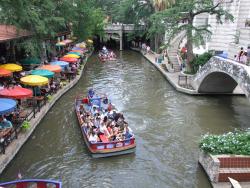
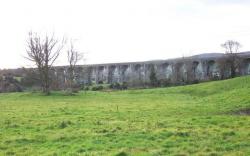
The Dublin to Belfast Rail Link established a vital connection between the capitals of Northern Ireland and the Republic of Ireland. The line's most notable engineering feature was the 1,760-foot-long Boyne Bridge; it represented one of the earliest uses of calculated stresses, the first large-scale use of wrought iron latticed girders, and the first full scale test of continuous beams. Tests performed on the wrought iron columns and struts were published and provided invaluable information for engineers who would design similar structures in the future.
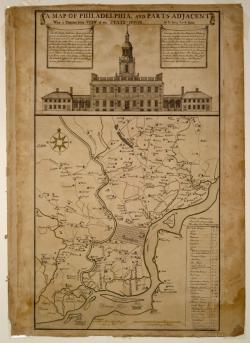
The City Plan of Philadelphia is a seminal creation in American city planning in that it was the first American City Plan to provide open public squares for the free enjoyment of the community and a gridiron street pattern featuring streets of varying widths: wide main streets and narrower side streets. In addition this plan was the first city plan in the United States to provide for long-term urban growth. These features inspired the planners of many cities to adopt the Philadelphia Plan as a model.

The Williams-Miles History of Chemistry Collection, established in 1992, is one of the leading historical collections of chemistry books in the southern United States. It represents a combined 70 years of scholarly collecting by Wyndham D. Miles, National Institutes of Health, Bethesda, Maryland, and William D. Williams, Professor of Chemistry at Harding University. More than 2,000 volumes published between 1600 and 1900 are preserved here; the collection is particularly strong in 19th-century works.
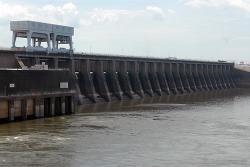
In 1930, the U.S. Corps of Engineers was directed to complete an engineering survey of the Tennessee River to determine the feasibility of establishing complete river navigability. The resulting report recommended a series of nine main river dams and several tributary dams to allow for a minimum eight foot channel (standard for barge navigation) from Knoxville to Paducah.

The two 3,500-hp steeple compound Unaflow steam engines powering the S.S. Badger represent one of the last types of reciprocating marine steam engines. Built by the Skinner Engine Company, most Unaflow engines are single expansion. These feature tandem high- and low-pressure cylinders separated by a common head. The Badger's four Foster-Wheeler Type D marine boilers, which supply 470-psig steam to the engines, are among the last coal-fired marine boilers built.

This wind tunnel complex was developed by the National Advisory Committee for Aeronautics (NASA's predecessor) to serve the emerging need for supersonic research and development following World War II. The three-testing-section configuration covers Mach number .03-3.5 and utilizes a single common drive and two compressors.

The glider was the first heavier-than-air human-carrying aircraft to achieve controlled piloted flight. On his first successful flight, August 28, 1883, John Montgomery soared at about 600 feet. The Montgomery glider's success demonstrated aerodynamic principles and designs fundamental to the modern aircraft.
The Lake Moeris Quarry Road, in the Faiyum District of Eygpt, is the oldest road in the world of which a considerable part of its original pavement is still preserved. This road was used to help transport the heavy blocks of basalt from the quarry 43 miles southwest of Cairo to the royal sarcophagi and pavements for the mortuary temples at Giza just outside Cairo. The road covered the 7.5 miles from the quarry to Lake Moeris which, at that time, was 66 ft above sea level.

Innovations
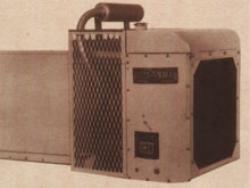
The refrigeration units placed on trucks in 1938 by Thermo King Corp. revolutionized the transportation of perishable foods. Today they are a common sight on streets everywhere. Consumer demand for meat, poultry, produce and dairy products increased at an astounding rate. These installations and…
Read More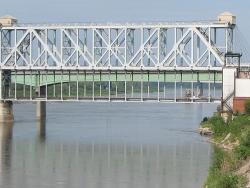
Work began in 1887 on the high-level truss "Winner Bridge" crossing the Missouri River at Kansas City. The piers were completed in 1890, but for financial reasons the project was suspended. John Alexander Low Waddell, renowned civil engineer, prepared an alternate design for a lift bridge in…
Read MoreThe Garfield Thomas Water Tunnel is a unique experimental facility for hydrodynamic research and testing. The 48-inch (1.2-meter) diameter water tunnel enables the research staff to conduct basic and applied investigations in the fields of cavitation, hydroacoustics, turbulence, transition,…
Read More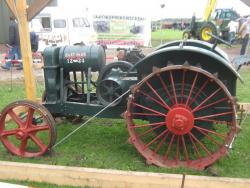
The Lake Moeris Quarry Road, in the Faiyum District of Eygpt, is the oldest road in the world of which a considerable part of its original pavement is still preserved. This road was used to help transport the heavy blocks of basalt from the quarry 43 miles southwest of Cairo to the royal…
Read More
The glider was the first heavier-than-air human-carrying aircraft to achieve controlled piloted flight. On his first successful flight, August 28, 1883, John Montgomery soared at about 600 feet. The Montgomery glider's success demonstrated aerodynamic principles and designs fundamental to the…
Read More
This wind tunnel complex was developed by the National Advisory Committee for Aeronautics (NASA's predecessor) to serve the emerging need for supersonic research and development following World War II. The three-testing-section configuration covers Mach number .03-3.5 and utilizes a single…
Read More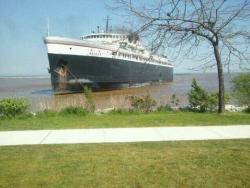
The two 3,500-hp steeple compound Unaflow steam engines powering the S.S. Badger represent one of the last types of reciprocating marine steam engines. Built by the Skinner Engine Company, most Unaflow engines are single expansion. These feature tandem high- and low-pressure cylinders separated…
Read More
In 1930, the U.S. Corps of Engineers was directed to complete an engineering survey of the Tennessee River to determine the feasibility of establishing complete river navigability. The resulting report recommended a series of nine main river dams and several tributary dams to allow for a minimum…
Read More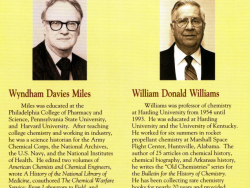
The Williams-Miles History of Chemistry Collection, established in 1992, is one of the leading historical collections of chemistry books in the southern United States. It represents a combined 70 years of scholarly collecting by Wyndham D. Miles, National Institutes of Health, Bethesda, Maryland…
Read More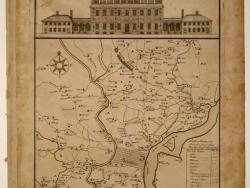
The City Plan of Philadelphia is a seminal creation in American city planning in that it was the first American City Plan to provide open public squares for the free enjoyment of the community and a gridiron street pattern featuring streets of varying widths: wide main streets and narrower side…
Read More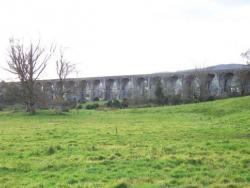
The Dublin to Belfast Rail Link established a vital connection between the capitals of Northern Ireland and the Republic of Ireland. The line's most notable engineering feature was the 1,760-foot-long Boyne Bridge; it represented one of the earliest uses of calculated stresses, the first…

San Antonio's River Walk, a catalyst for abundant commercial and tourism enterprise, is generally regarded by cities and urban planners throughout the world as a prototype for the development of urban riverfront sites. The River Walk's success, however, would not have been possible without a…
Read More

